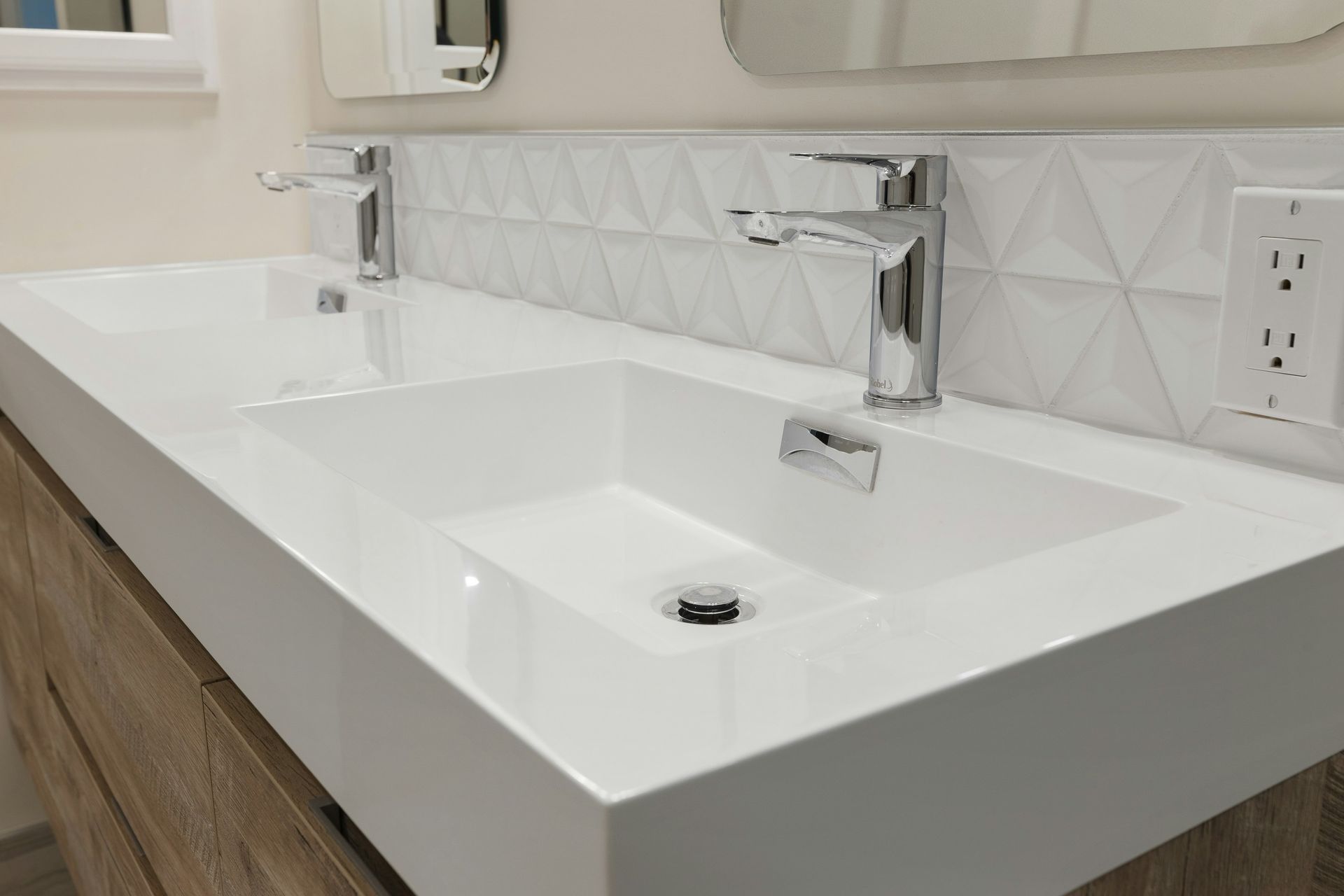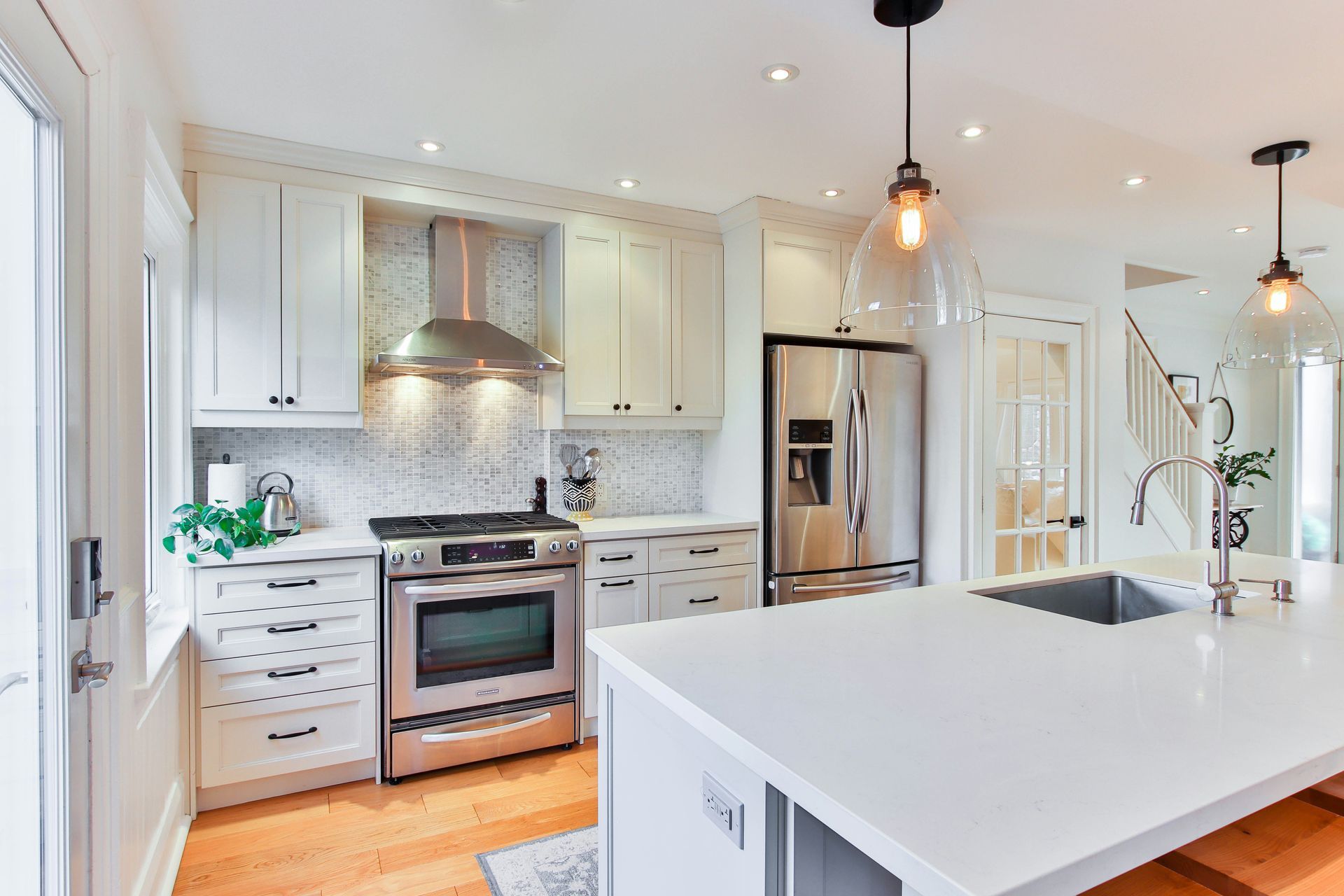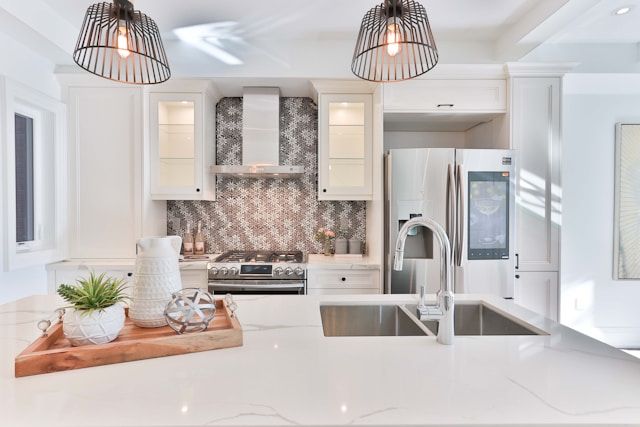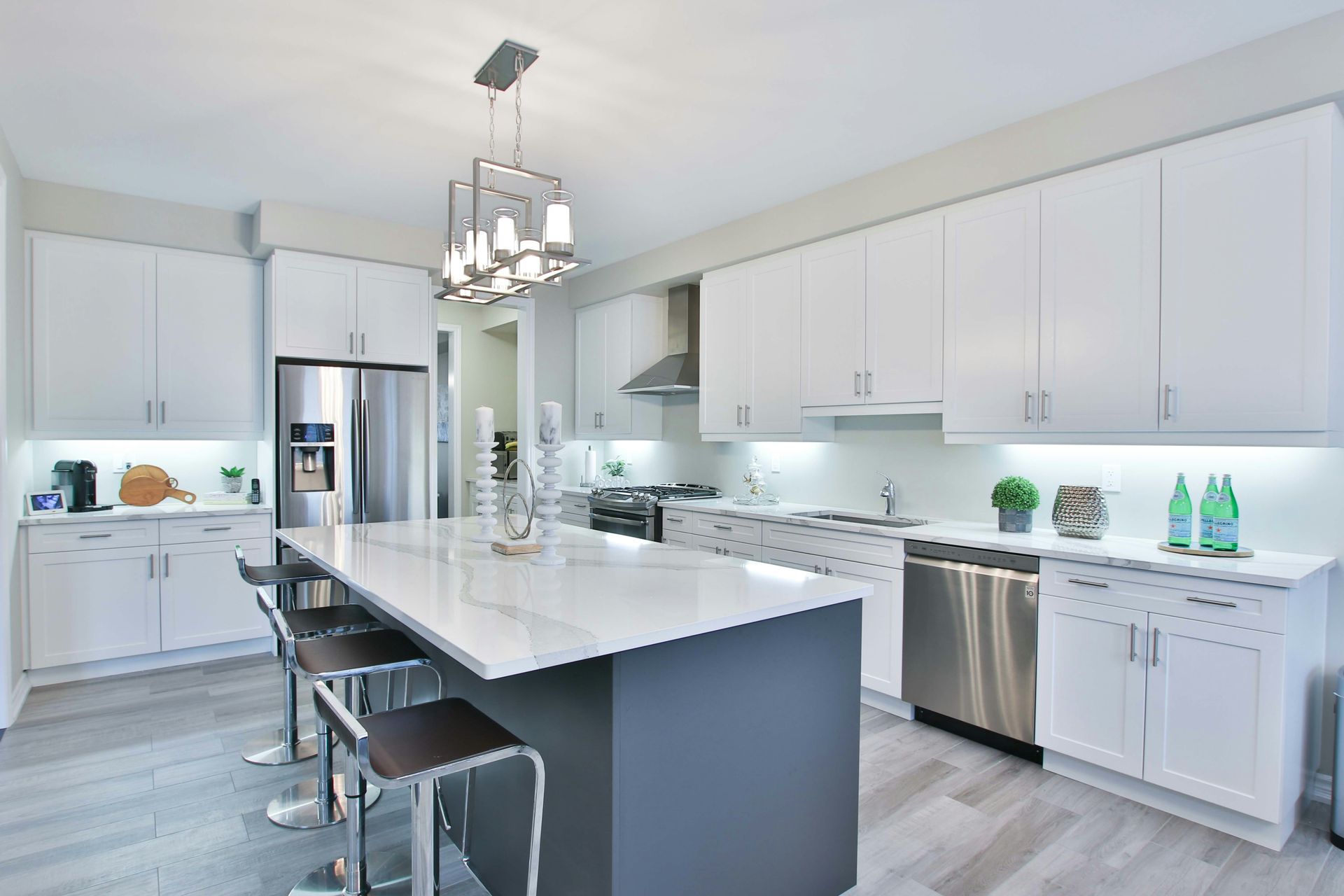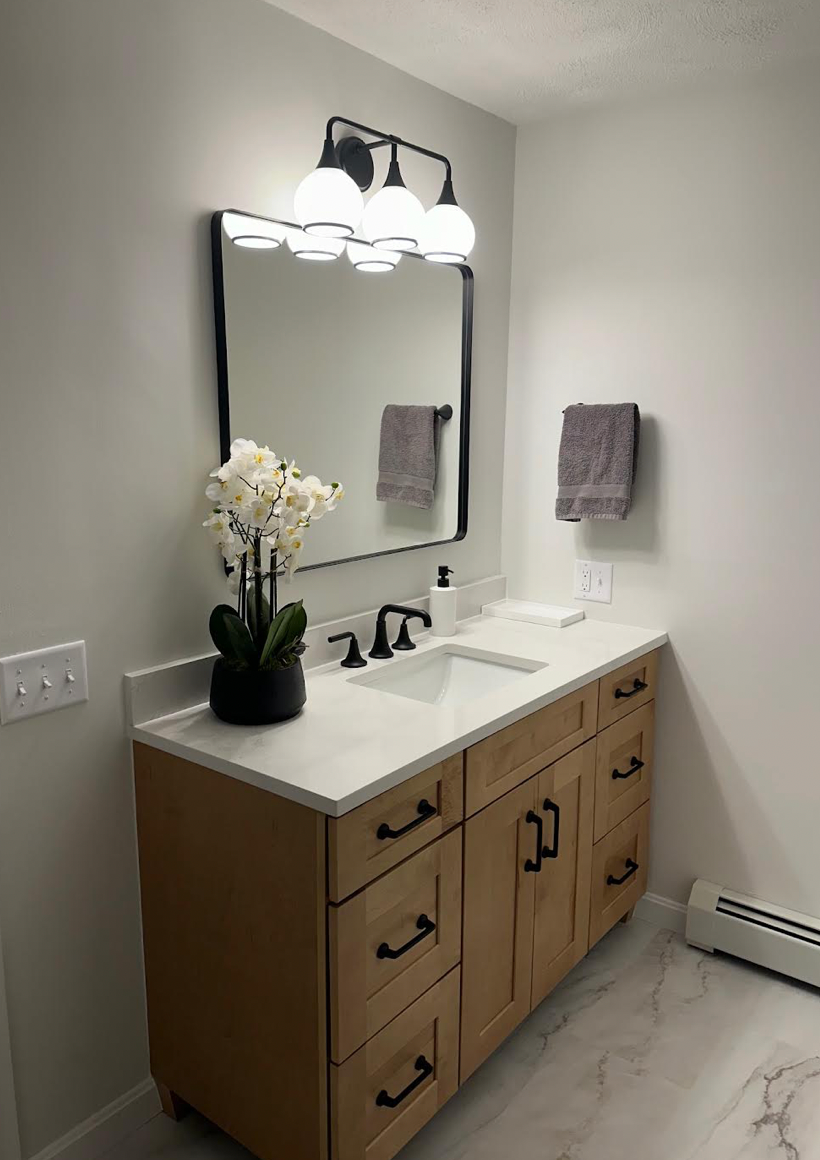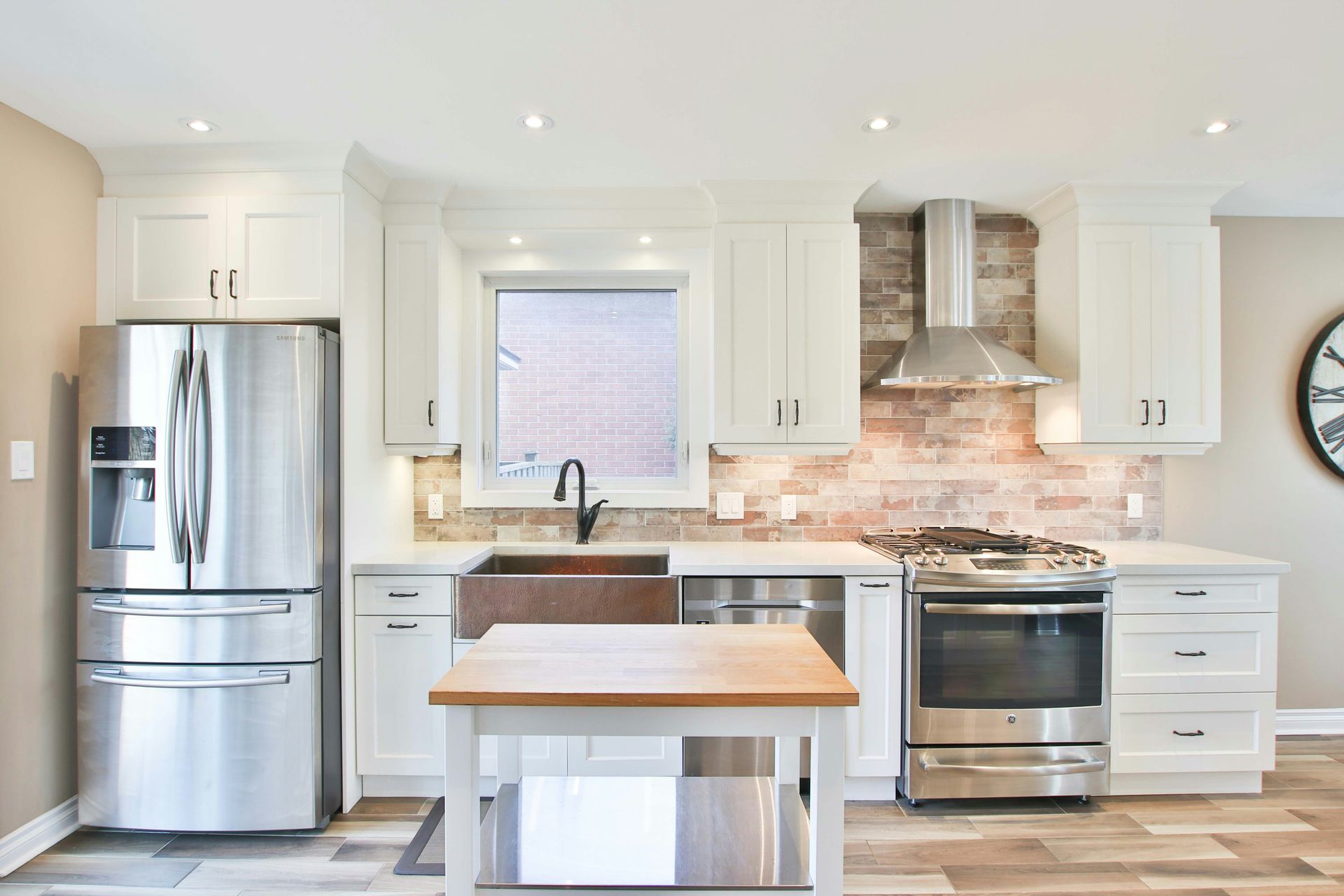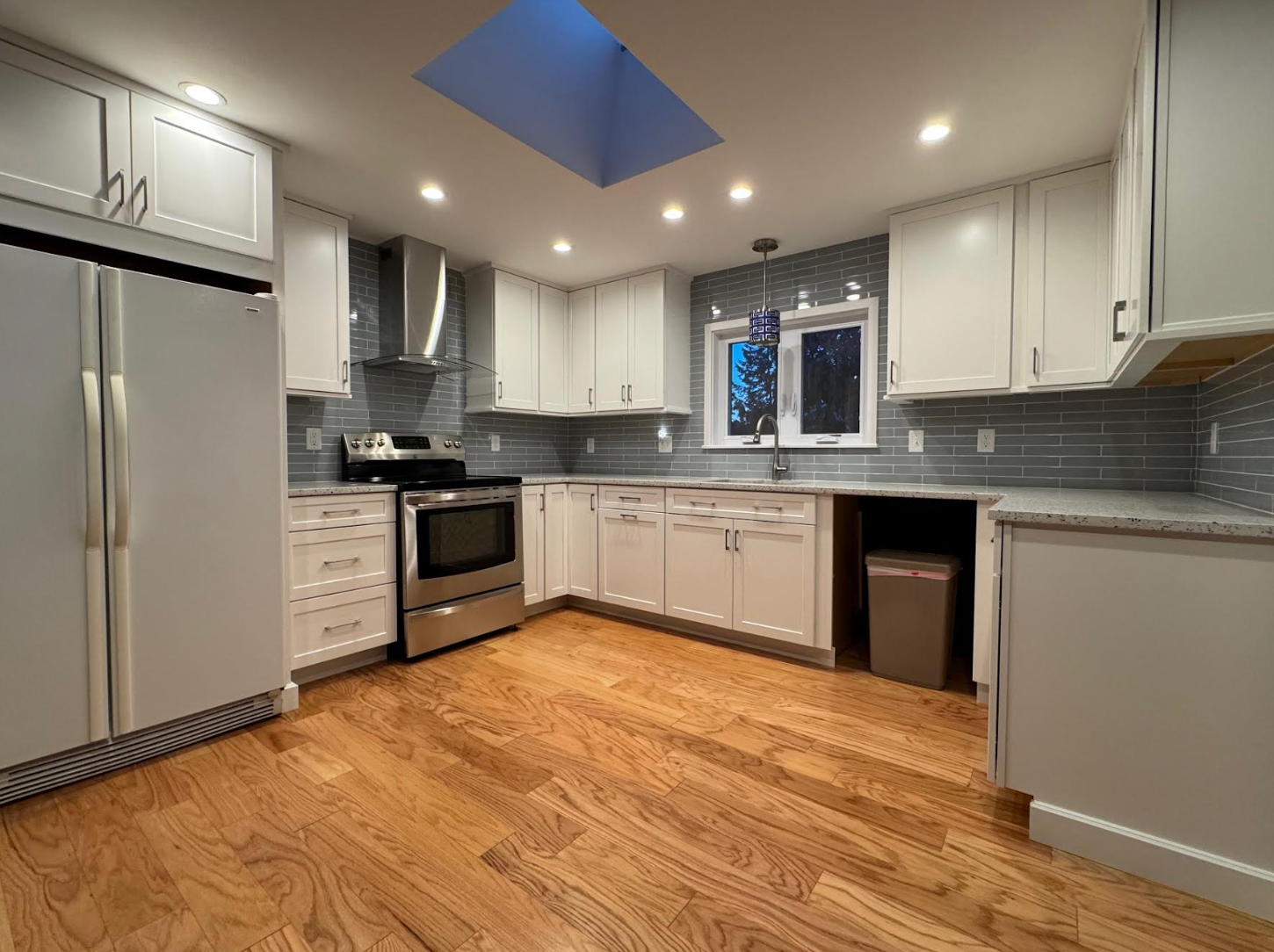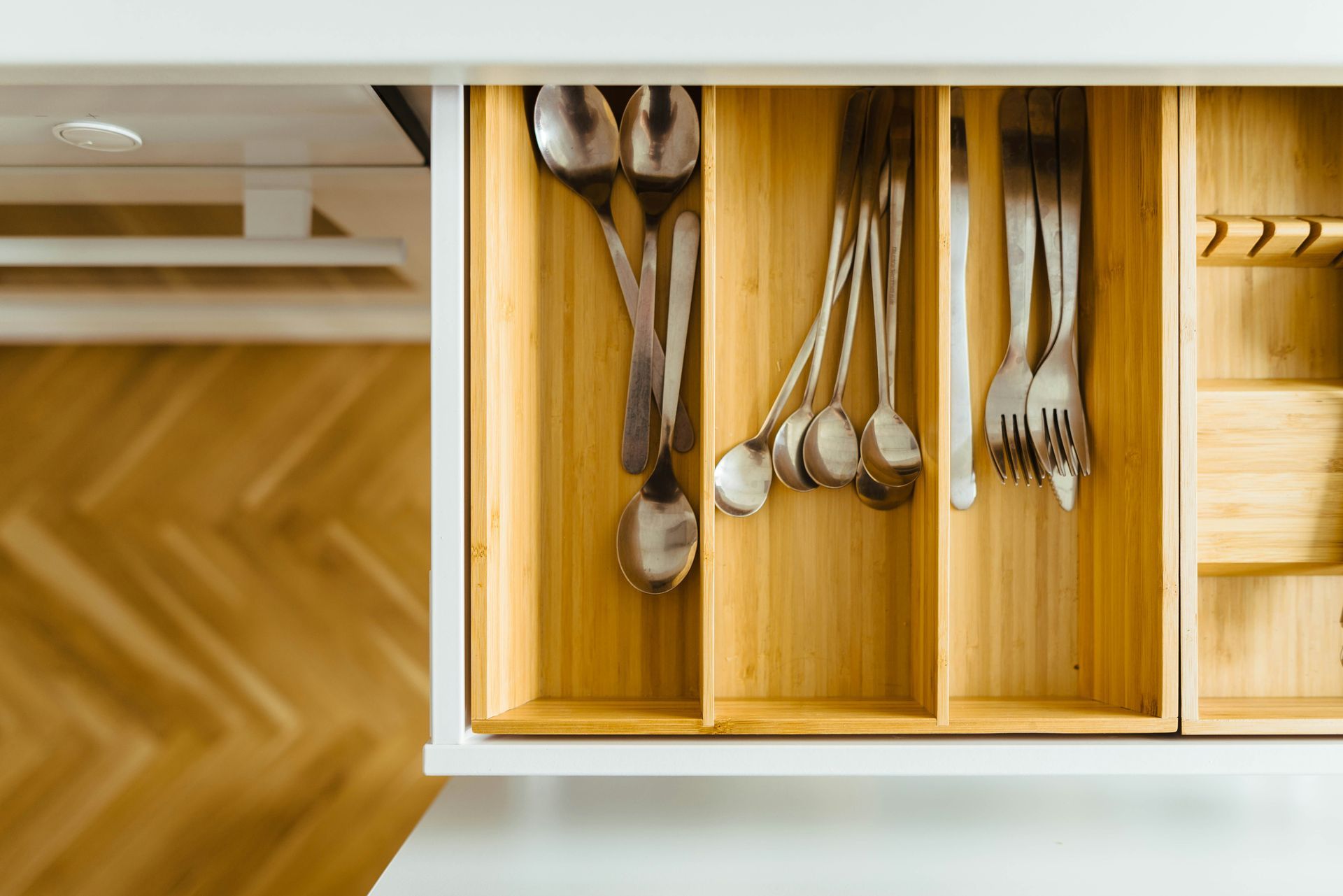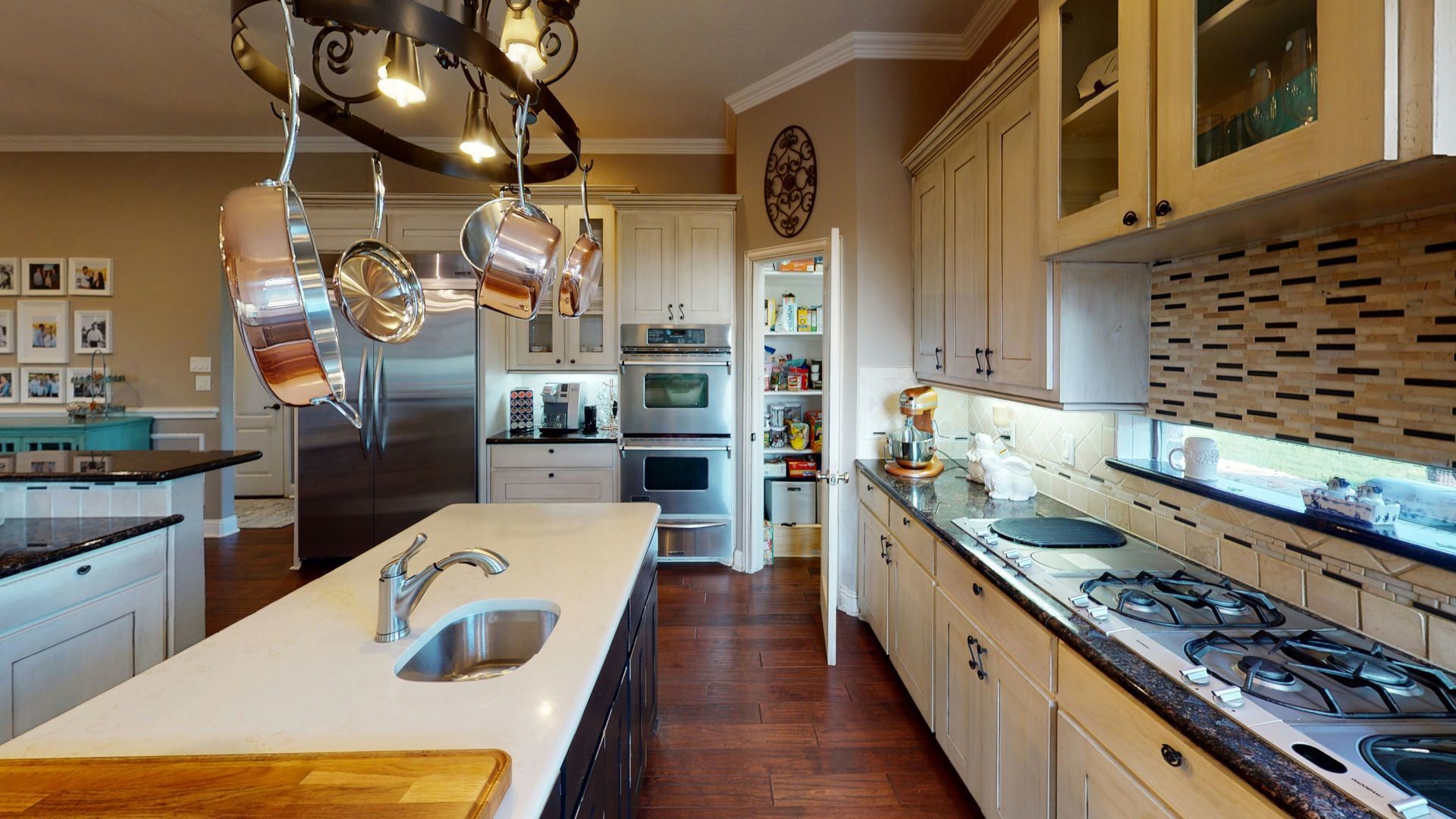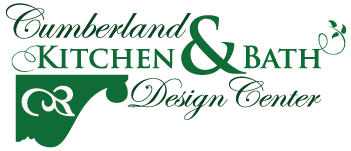Whether you're going to DIY a renovation or hire an expert, budget is always a major concern of homeowners tackling an improvement project. If you're dreaming of a kitchen remodel or simply need some essential repairs, financing options can make your projects a reality. However, understanding the pros and cons of the various ways to finance your home improvement dreams is essential. So, here's a brief breakdown.
1. Savings
If you've been diligently squirreling away some money, using your savings is always the best option. It's interest-free, doesn't involve credit checks, and you won't have to worry about monthly payments. But, not all of us have a stash of cash hidden under the mattress or buried in the backyard, which may require other financing options. Additionally, most homeowners don't want to completely wipe out their savings, so you may need to use a combination of options.
2. Home Equity Loans
Do you have a good amount of equity in your home? Equity is the difference between two factors – how much you owe on your mortgage and how much your home is worth. Home equity loans let you borrow against the value you've built in your property. You'll get a lump sum upfront that you can then use for your projects. Generally, interest rates tend to be lower than unsecured loans, and the interest might be tax-deductible. But it's very important to note that you are using your home as collateral, so it's essential to be sure you can handle the payments.
3. Home Equity Line of Credit (HELOC)
Think of a HELOC as a revolving line of credit that works similarly to a credit card, allowing you to draw on it when needed. A lender will agree to give you a certain amount of funds within an agreed-upon period of time. You only pay interest on what you use, but again, you are borrowing against your home's equity. It's a bit like a personal finance tool for home improvement projects. Again, with your house on the line, just be cautious not to overextend yourself.
4. Personal Loans
If using your home as collateral sounds too scary, personal loans might be a good option. They're unsecured, which means you won't risk your property, but they might come with higher interest rates compared to home equity loans. Thoroughly reviewing lenders and weighing your options for competitive rates and terms is always a good idea.
5. Credit Cards
For smaller home improvement projects or those you're confident about paying off quickly, credit cards can be a convenient way to finance your projects. Of course, there are lots of options out there, each with different terms and rates, meaning it's a good idea to be mindful of high interest rates should you carry a balance.
6. FHA Title I Property Improvement Loan
If you're eligible, the Federal Housing Administration (FHA) offers Title I loans specifically for home improvement projects. These loans are backed by the government, making them more accessible to individuals with lower credit scores. The loans are issued by approved lenders, so you'll need to check with your local financial institutions to see if they're on the approved list and can offer these types of loans.
7. Refinancing Your Mortgage
If you're planning extensive renovations and have a high interest rate on your existing mortgage, consider refinancing. Refinancing your mortgage means switching over your old mortgage to a new one that carries a different principal and interest rate. This can help you access equity in your home and potentially lower your monthly payments. Or, you may choose a cash-out refinance that gives you a lump sum upfront for your renovation projects. Just remember that it's a long-term commitment and usually means your home is used as collateral.
The right financing option for your home improvement projects depends on your financial situation and the scope of your projects. But regardless of the option you choose, you should shop around for the best rates, read the fine print, and double-check you're comfortable with the terms before you sign on the dotted line.
